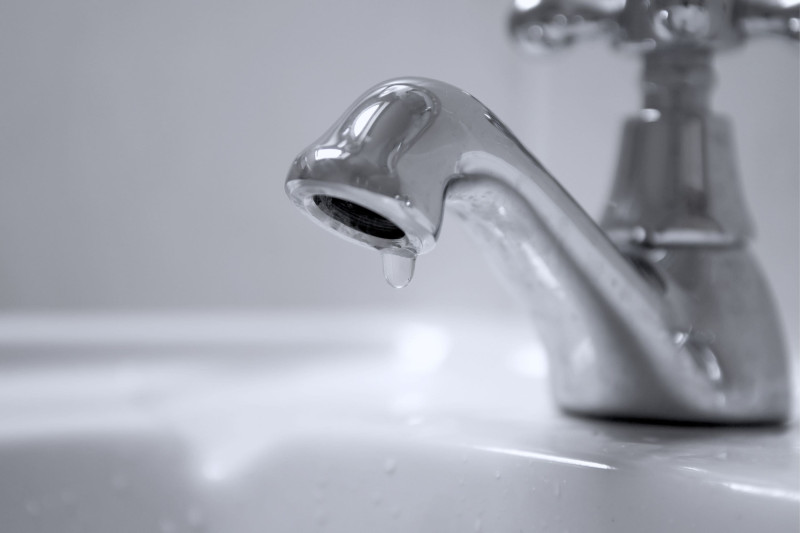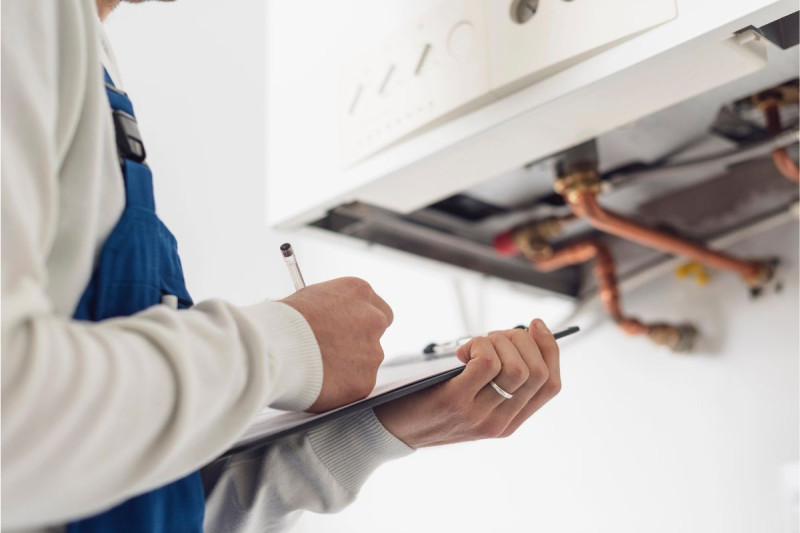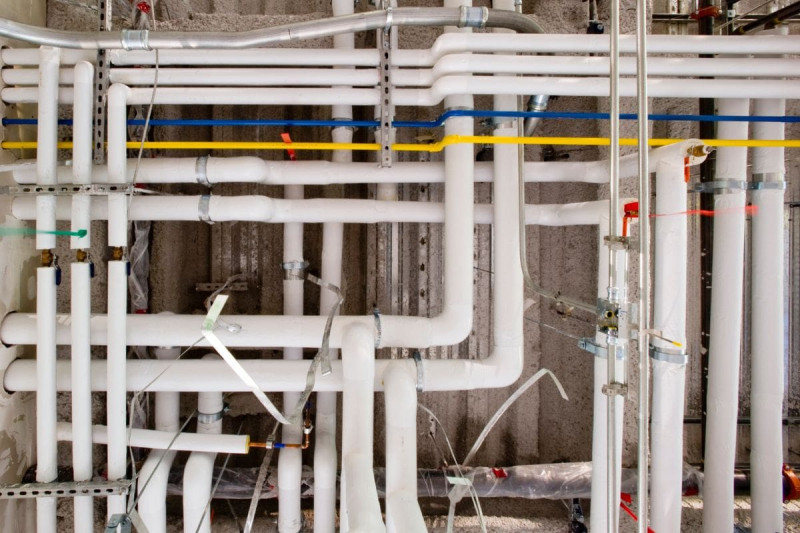When you’re renovating your bathroom or building a new home in Perth, space often comes at a premium. Back to wall toilets have become increasingly popular across Western Australia, and it’s easy to see why. These sleek, modern fixtures offer a clean aesthetic while maximising your bathroom’s usable space.
A back to wall toilet sits flush against the bathroom wall, with the cistern hidden inside the wall cavity or behind a furniture unit. Unlike traditional close-coupled toilets where you can see all the plumbing, these systems keep everything concealed for a minimalist look that’s perfect for contemporary Perth homes.
What Is a Back to Wall Toilet?
The term “back to wall toilet” describes exactly what it sounds like. The toilet pan sits directly against the wall, creating a seamless appearance. The cistern, which holds the water for flushing, is completely hidden from view. You’ll only see a flush button or plate mounted on the wall above the toilet.
This design differs from wall hung toilets, where the entire toilet bowl is mounted to the wall and appears to float. Back to wall models still sit on the floor, making them more familiar to most people while offering many of the same space-saving benefits.
Most back to wall systems use a concealed cistern that fits inside your wall cavity. The toilet bowl connects to this hidden cistern through internal pipework, creating a clean, uncluttered look that’s ideal for modern bathrooms.
How Do Back to Wall Toilets Work?
The mechanics are surprisingly straightforward. When you press the flush button, it activates the concealed cistern hidden in the wall. Water flows from this cistern through internal pipes to the toilet bowl, creating the flush action.
The cistern operates on the same dual-flush principle as traditional toilets, typically offering a 4.5-litre full flush and a 3-litre half flush to meet Australian water-efficiency standards. This makes them particularly appealing in Perth, where water conservation is always a consideration.
The key difference lies in the installation. The concealed cistern mounts in the wall on brackets or a light frame; the pan itself is supported on the floor.
Access to the cistern for maintenance happens through a removable panel, usually located behind the flush button. This design means you can service the internal components without removing tiles or dismantling the entire toilet.
Advantages of Back to Wall Toilet Systems
Space Efficiency
The most obvious benefit is space saving. By hiding the cistern, you gain valuable floor space that makes your bathroom feel larger. In small bathrooms, this extra 15-20 centimetres can make a significant difference to the room’s feng shui.
Easy Cleaning
Without a visible cistern base, cleaning becomes much simpler. You can mop right up to the wall without navigating around awkward spaces. The smooth lines also mean fewer places for dust and grime to accumulate.
Modern Aesthetic
These toilets create clean, contemporary lines that complement modern bathroom designs. The hidden pipework contributes to an uncluttered appearance that many homeowners find appealing.
Potential Disadvantages to Consider
Installation Complexity
Installing a back to wall toilet requires more planning and skill than a standard toilet replacement. The wall cavity needs modification to accommodate the cistern frame, and precise measurements are crucial.
Access for Repairs
While maintenance access is designed into the system, repairs can be more complex than with traditional toilets. If major issues occur, accessing the concealed components may require removing wall panels or tiles.
Higher Initial Cost
The complete system, including the concealed cistern, costs more upfront than a standard close-coupled toilet. However, the water efficiency and aesthetic benefits often justify this investment.
How to Install a Back to Wall Toilet
Installing a back to wall toilet involves several critical steps that require careful planning and, in most cases, professional expertise.
Planning and Preparation
Check the pan and cistern spec sheets and follow them. Most toilets use a 100 mm waste. The S-trap set-out is model specific, but many are 140 to 180 mm, and you can use an offset connector if needed. A back to wall pan is supported by the floor. Mount the concealed cistern on the supplied brackets or light frame and position the flush plate opening to the template.
Wall Insertion
Insert the concealed cistern into a purpose-built stud or nib wall rather than the brick cavity. Follow the manufacturer’s template for depth and height, brace with noggins where shown, and keep everything level and plumb. Leave the opening for the flush plate to allow future access.
Plumbing Connections
Make water and waste connections before closing the wall. Connect the waste to the home’s soil line and the water to the cistern inlet. All connections must comply with Australian plumbing standards.
Wall Construction
Sheet, waterproof and tile the wall around the cistern per the template, keeping the flush plate access clear. Do not close the access opening.
Final Fitting
Fix the pan to the floor with the supplied fixing kit. Connect the flush pipe and pan connector to the concealed cistern, then run a neat silicone seal around the base for a watertight finish.
Testing and Commissioning
Test the flush, set water levels, and check all joints for leaks before handover.
Professional Installation vs DIY
While some homeowners consider DIY installation, several factors make professional installation advisable. In Western Australia, any work involving soil pipes or concealed cisterns requires a licensed plumber. This isn’t just regulation; it’s practical necessity.
The precision required for proper frame alignment and the complexity of concealed plumbing connections mean mistakes can be costly. If something goes wrong with a DIY installation, accessing the problem often means major wall demolition.
We’ve seen numerous cases where attempted DIY installations resulted in leaks, misaligned toilets, or systems that don’t function properly. The cost of rectifying these issues often exceeds the original professional installation cost.
Professional installation also ensures compliance with WaterMark certification requirements and Australian plumbing standards. This compliance is essential for insurance coverage and property resale value.
Maintenance and Troubleshooting
Regular maintenance of back to wall toilets is similar to standard toilets, with a few key differences. The concealed cistern components are the same as traditional systems, but accessing them requires removing the flush button panel.
Common issues include flush mechanism problems, water level adjustments, and seal replacements. Most of these repairs are straightforward once you can access the cistern.
If you need to unblock a toilet, the process is the same as with any toilet. However, if your toilet won’t flush properly, the concealed cistern location can make diagnosis slightly more complex.
Annual maintenance checks help prevent major issues. This includes inspecting the flush mechanism, checking for leaks, and ensuring all seals remain in good condition.
Choosing the Right System for Your Home
Several factors should guide your choice of back to wall toilet system. Room size is obviously important, but so is your home’s construction type and existing plumbing layout.
Perth’s double-brick construction often provides ideal conditions for concealed cistern installation. The cavity walls offer sufficient depth without requiring additional framework, simplifying the installation process.
Consider your household’s needs when selecting flush volumes and pan dimensions. Comfort height options are available for accessibility requirements, while compact pans suit smaller bathrooms.
The flush button style and position also deserve attention. Wall-mounted buttons are standard, but some systems offer alternative positions or dual-button configurations for enhanced convenience.
Working with Professional Plumbers
Given the complexity and regulatory requirements, professional installation is strongly recommended. Licensed plumbers understand the specific requirements for concealed systems and can ensure compliance with Australian standards.
When choosing a plumber, look for experience with back to wall installations. The precision required and potential complications make this specialised knowledge valuable. Ask about warranty coverage for both the installation work and the toilet system itself.
Swan’s Professional Plumbing has extensive experience with back to wall toilet installations throughout Perth and Mandurah. Our team understands the unique requirements of WA homes and can guide you through the entire process.
Making Your Decision
Back to wall toilets offer compelling benefits for modern Perth bathrooms. The space savings, clean aesthetic, and ease of maintenance make them particularly attractive for renovation projects and new builds.
However, the installation complexity and higher initial cost mean they’re not right for every situation. Consider your bathroom’s layout, your budget, and your long-term plans when making this decision.
If you’re unsure whether a back to wall system suits your needs, professional advice can help clarify your options. We can assess your existing bathroom and discuss the possibilities within your budget and timeframe.
For inspiration and product options, browse a wall-faced toilet pan collection to see the variety of styles available. This can help you visualise how a back to wall system might work in your space.
Frequently Asked Questions
The main disadvantages include higher installation costs, increased complexity for repairs, and the need for adequate wall structure to support the system. Access to the concealed cistern for maintenance can also be more challenging than with traditional toilets.
Yes, you should tile behind a back to wall toilet. The tiling is typically completed before the toilet pan is installed, creating a seamless appearance. The toilet pan then sits against the tiled wall surface, with silicone sealing around the base.
Back to wall toilets are excellent for modern bathrooms where space and aesthetics are priorities. They work particularly well in Perth homes with suitable wall construction. However, consider the higher installation cost and complexity compared to traditional toilets.
A back to wall toilet is a toilet where the pan sits flush against the bathroom wall, with the cistern concealed inside the wall cavity. This creates a clean, minimalist appearance while saving floor space compared to traditional close-coupled toilets.
Back to wall toilets flush using a concealed cistern hidden in the wall. When you press the wall-mounted flush button, it activates the cistern mechanism, releasing water through internal pipes to create the flush action. The system operates on the same principle as traditional toilets but with hidden components.



